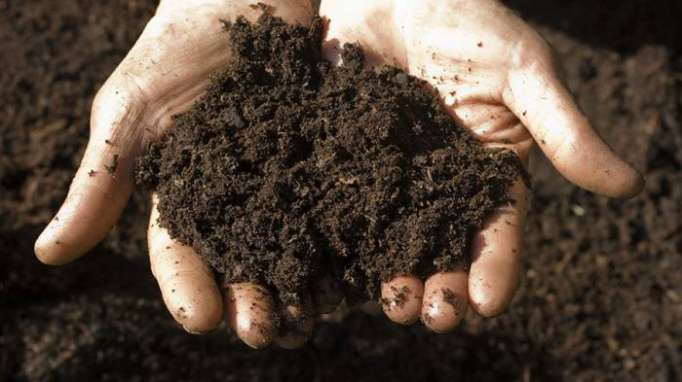This brand-new antibiotic class, called malacidins (short for metagenomic acidic lipopeptide antibiotic-cidins) has been isolated from bacteria that live in soil.
Dr. Sean Brady and his colleagues at Rockefeller University in New York analyzed the DNA from more than 1,000 soil samples to find the new drug, which fights bacteria in a novel manner. The chemical attacked a key part of the bacterial cell wall — a mechanism that microorganisms failed to develop resistance to in the lab. As a result, the new antibiotic managed to kill drug-resistant skin infections in animals.
“The malacidins are active against multidrug-resistant pathogens, sterilize methicillin-resistant Staphylococcus aureus skin infections in an animal wound model and did not select for resistance under our laboratory conditions,” researchers said in a report published in the journal Nature Microbiology.
Scientists said they used a high-throughput sequencing-based screening method that bypasses the need to grow microorganisms first because the vast majority of bacterial species cannot be cultured in the laboratory, and thus can be used to “quickly mine new drug candidates from diverse environmental sources.”
“Environmental microbes are in a continuous antibiotic arms race that is likely to select for antibiotic variants capable of circumventing existing resistance mechanisms,” the authors of the study wrote.
The Centers for Disease Control and Prevention (CDC) estimates that each year, at least 2 million people in the US become infected with bacteria that are resistant to antibiotics and at least 23,000 people die each year as a direct result of these infections. Most deaths related to antibiotic resistance occur in healthcare settings, such as hospitals and nursing homes.
“In the absence of new therapies, mortality rates due to untreatable infections are predicted to rise more than tenfold by 2050,” researchers warned.
RT
More about: antibiotic
















































